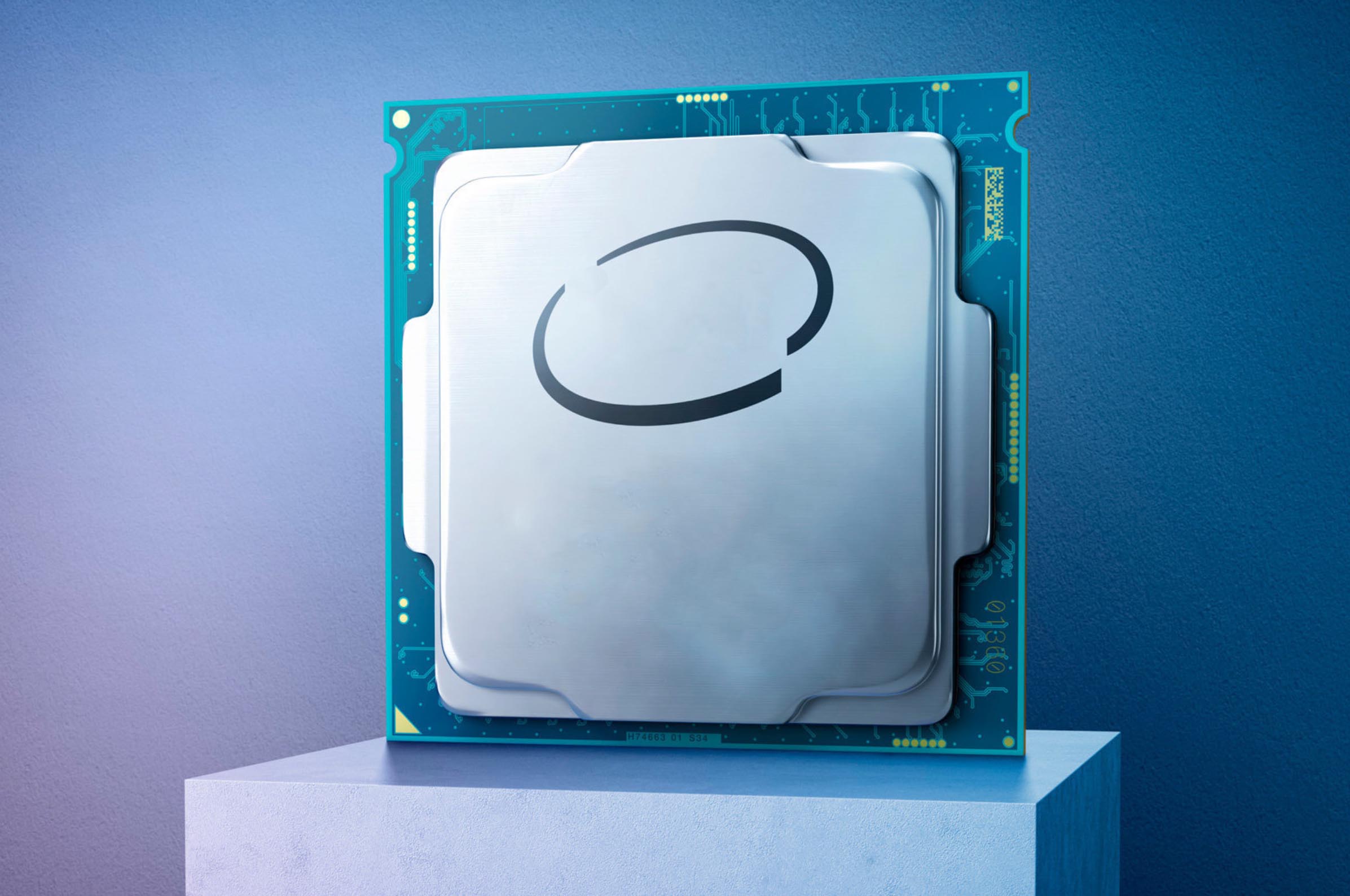jimmysmitty
Champion
I'm surprised nobody caught this from the second paragraph of the article.
Intel's price cuts come as a byproduct of AMD's third-gen Ryzen and Threadripper processors, with the former bringing HEDT-class levels of performance to mainstream 400- and 500-series motherboards, while the latter lineup is so powerful that Intel, for once, doesn't even have a response.
For twice? This is a recall of the olden days of the first-gen slot-A Athlon processors. Now I'm not well-versed in TomsHardware articles circa 1999, but this was not hard to find at all:
Coppermine's architecture is still based on the architecture of Pentium Pro. This architecture won't be good enough to catch up with Athlon. It will be very hard for Intel to get Coppermine to clock frequencies of 700 and above and the P6-architecture may not benefit too much from even higher core clocks anymore. Athlon however is already faster than a Pentium III at the same clock speed, which will hardly change with Coppermine, and Athlon is designed to go way higher than 600 MHz. This design screams for higher clock speeds! AMD is probably for the first time in the very situation that Intel used to enjoy for such a long time. AMD might already be able to supply Athlons at even higher clock rates right now (650 MHz is currently the fastest Athlon), but there is no reason to do so.
https://www.tomshardware.com/reviews/athlon-processor,121-16.html
Intel didn't have a response back then either.
Its the same story as the Athlon 64 days:

Will AMD's fastest CPU be obsolete next month?
When I saw the first set of independent benchmark results pitting a mid-end Intel E6600 "Conroe" 2.4 GHz CPU (due next month) against the just released flagship Extreme Edition AMD FX-62 CPU, I started wondering if AMD worst nightmare was coming true. Intel's ~$250 E6600 CPU annihilated AMD's...
 www.zdnet.com
www.zdnet.com
Intel falls behind, everyone proclaims doom and gloom for Intel then Intel comes back and the cycle repeats.


